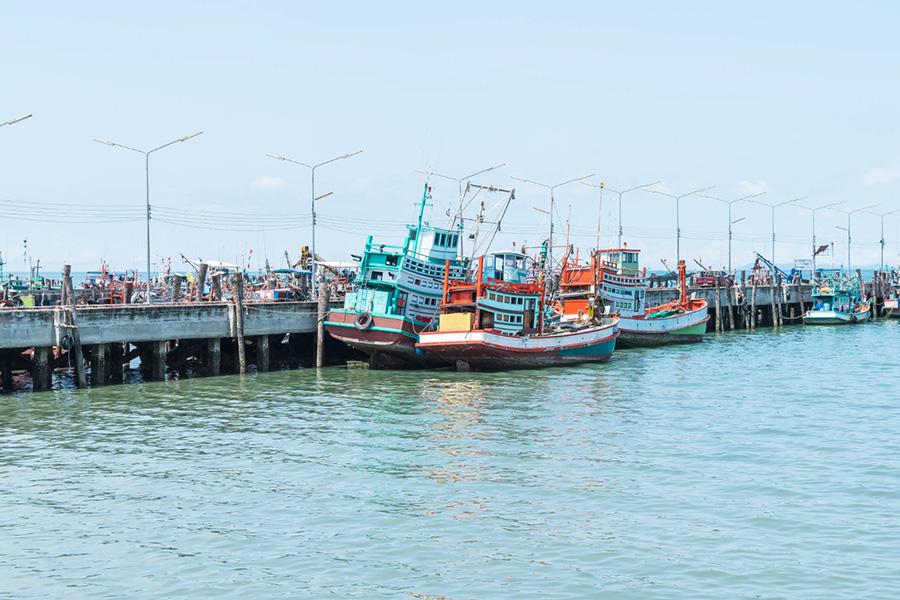
The spectral boundary element method simulates wave amplification in Visakhapatnam port, emphasizing bathymetry and reflection coefficients’ impact.
Authors
Prachi Priya, Department of Mathematics, School of Basic and Applied Sciences, K. R. Mangalam University, Haryana, Gurugram, India
Prashant Kumar, Department of Applied Sciences, National Institute of Technology Delhi, Delhi, 110036, India
Ramakant Prasad, Department of Applied Sciences, National Institute of Technology Delhi, Delhi, 110036, India
Dev Om, Department of Mathematics, Acharya Narendra Dev College, University of Delhi, Delhi, 110019, India
Rajni, Associate Professor, Jindal Global Business School, O. P. Jindal Global University, Haryana, Sonipat, India
Summary
A computational model utilizing the spectral boundary element method (SBEM) has been proposed to study the impact of strong oceanic waves over interconnected domains in Visakhapatnam port (VP), India. The significance of the partial reflection coefficient of the coastal boundary and the variable bathymetry of the port is determined with the consideration of estimated water depth in each interconnected region investigated. The open region denoted by Region-I and Region-II represents the harbor domain are the two primary regions that define the fluid domain, respectively. Additionally, the harbor region is further divided into a number of interconnected regions. In SBEM, the spectral element method (SEM), is combined with the boundary element method (BEM), and the boundary integral is connected to Chebyshev point discretization to derive a numerical solution for each boundary element to optimize the numerical accuracy. The Jacobian transformation is used to alter the boundary integrals, which are then assessed using the quadrature rule called Clenshaw Curtis. Simulation findings are compared to earlier experimental and analytical research to validate the current numerical approach. To run the numerical simulation, the four-record station in VP is determined based on the location of a moored ship. The wave amplification at four record stations is calculated employing variable water depth and various reflection parameters on the port wall. Overall, the port’s bathymetry and the partial reflecting behavior of the port’s wall prove a key aspect to analyzing the resonance within the port.
Published in: AIP Conference Proceedings
To read the full article, please click here.

